Writing Tests in PlayWright
Introduction
Playwright tests are straightforward: they execute actions and verify the state against anticipated outcomes.
Playwright inherently waits for actionability checks to succeed prior to executing each action. There is no requirement to incorporate manual waits or manage race conditions. The assertions in Playwright are crafted to articulate expectations that will ultimately be fulfilled, thereby removing unreliable timeouts and race-related checks.
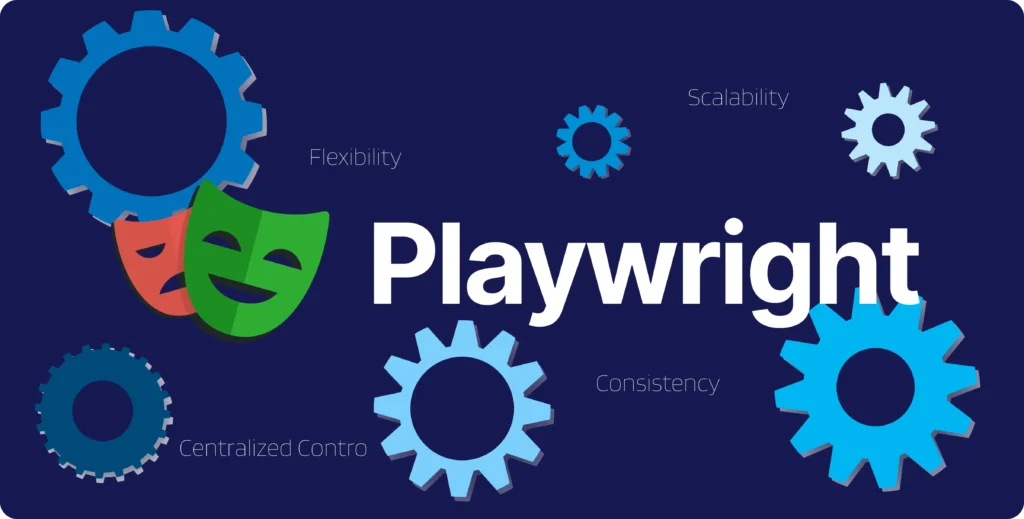
How to write the first test
Examine the subsequent example to understand the process of writing a test.
Test File Path : tests/example.spec.ts
import { test, expect } from '@playwright/test';
test('has title', async ({ page }) => {
await page.goto('https://playwright.dev/');
// Expect a title "to contain" a substring.
await expect(page).toHaveTitle(/Playwright/);
});
test('get started link', async ({ page }) => {
await page.goto('https://playwright.dev/');
// Click the get started link.
await page.getByRole('link', { name: 'Get started' }).click();
// Expects page to have a heading with the name of Installation.
await expect(page.getByRole('heading', { name: 'Installation' })).toBeVisible();
});
note
Add // @ts-check at the start of each test file when using JavaScript in VS Code to get automatic type checking.
How to perform actions
Navigation
The majority of tests commence by accessing a specific URL.
Subsequently, the test engages with the elements present on the page.
await page.goto(‘https://playwright.dev/‘);
The playwright pauses until the page has fully loaded before proceeding. Discover additional information regarding the options available for page.goto().
Interactions
Initiating actions begins with identifying elements. Playwright utilizes the Locators API for this purpose. Locators provide a method to locate element(s) on the page at any given time. Discover more about the various types of locators that are offered.
Playwright ensures that the element is ready for interaction before executing the action, eliminating the need for you to wait for its availability.
// Create a locator.
const getStarted = page.getByRole('link', { name: 'Get started' });
// Click it.
await getStarted.click();
In most cases, it’ll be written in one line:
await page.getByRole('link', { name: 'Get started' }).click();
Basic actions
Here are the most commonly used Playwright actions. To view the full list, please refer to the Locator API section.
Action
Description
locator.check()
Check the input checkbox
locator.click()
Click the element
locator.uncheck()
Uncheck the input checkbox
locator.hover()
Hover mouse over the element
locator.fill()
Fill the form field, input text
locator.focus()
Focus the element
locator.press()
Press single key
locator.setInputFiles()
Pick files to upload
locator.selectOption()
Select option in the drop down
How to use assertions
Playwright provides test assertions through the expect function. To create an assertion, invoke expect(value) and select a matcher that aligns with your expectation.
Playwright also offers asynchronous matchers that pause until the anticipated condition is satisfied. Utilizing these matchers ensures that tests are stable and robust. For instance, the following code waits for the page to have a title that includes “Playwright”:
await expect(page).toHaveTitle(/Playwright/);
Here is a list of the most widely used async assertions. To view the full list, please refer to the assertions guide:
Action
Description
expect(locator).toBeChecked()
Checkbox is checked
expect(locator).toBeEnabled()
Control is enabled
expect(locator).toBeVisible()
Element is visible
expect(locator).toContainText()
Element contains text
expect(locator).toHaveAttribute()
Element has attribute
expect(locator).toHaveCount()
List of elements has given length
expect(locator).toHaveText()
Element matches text
expect(locator).toHaveValue()
Input element has value
expect(page).toHaveTitle()
Page has title
expect(page).toHaveURL()
Page has URL
Playwright offers generic matchers such as toEqual, toContain, and toBeTruthy, which can be utilized to assert various conditions. These assertions do not require the await keyword since they execute immediate synchronous checks on values that are already available.
expect(success).toBeTruthy();
How tests run in isolation
Playwright Test operates on the principle of test fixtures, including the built-in page fixture that is provided to your test. Each test is conducted in isolation thanks to the Browser Context, which functions like a completely new browser profile. This ensures that every test has a clean environment, even if several tests are executed within the same browser.
File Path : tests/example.spec.ts
import { test } from '@playwright/test';
test('example test', async ({ page }) => {
// "page" belongs to an isolated BrowserContext, created for this specific test.
});
test('another test', async ({ page }) => {
// "page" in this second test is completely isolated from the first test.
});
How to use test hooks
You can utilize different test hooks like test.describe to define a group of tests, along with test.beforeEach and test.afterEach, which run before and after each individual test. Additional hooks include test.beforeAll and test.afterAll, which are executed a single time per worker before and after all tests.
File Path: tests/example.spec.ts
import { test, expect } from '@playwright/test';
test.describe('navigation', () => {
test.beforeEach(async ({ page }) => {
// Go to the starting url before each test.
await page.goto('https://playwright.dev/');
});
test('main navigation', async ({ page }) => {
// Assertions use the expect API.
await expect(page).toHaveURL('https://playwright.dev/');
});
});
Playwright Essentials: A Step-by-Step Journey into Test Automation

Part 01: Master Playwright Testing – Framework from Scratch Guide

Part 02: How to install Playwright
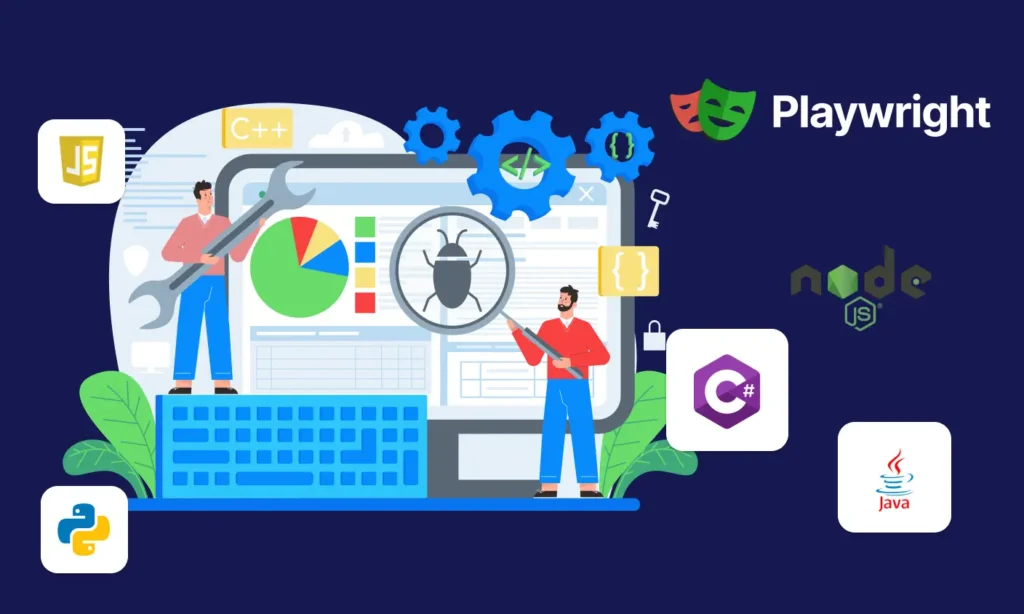
Part 03: Basic Playwright Test Structure

Part 04: Importance of Playwright configuration file and its details to run the tests
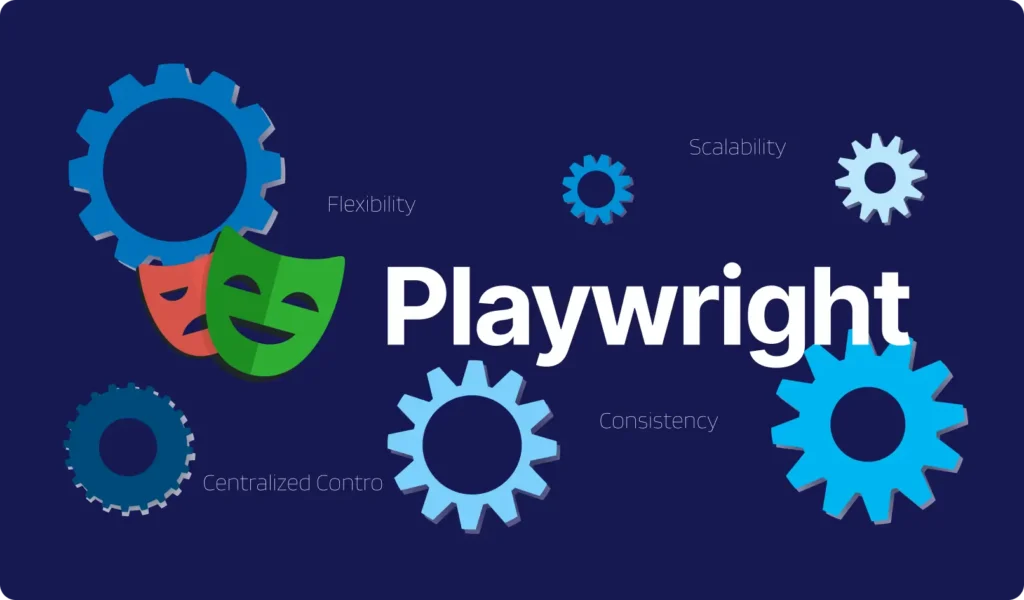
Part 05: Writing Tests in PlayWright

Part 06: Playwright Actions Illustrated

Part 07: Auto-waiting

Part 08: Handling the Dialogs
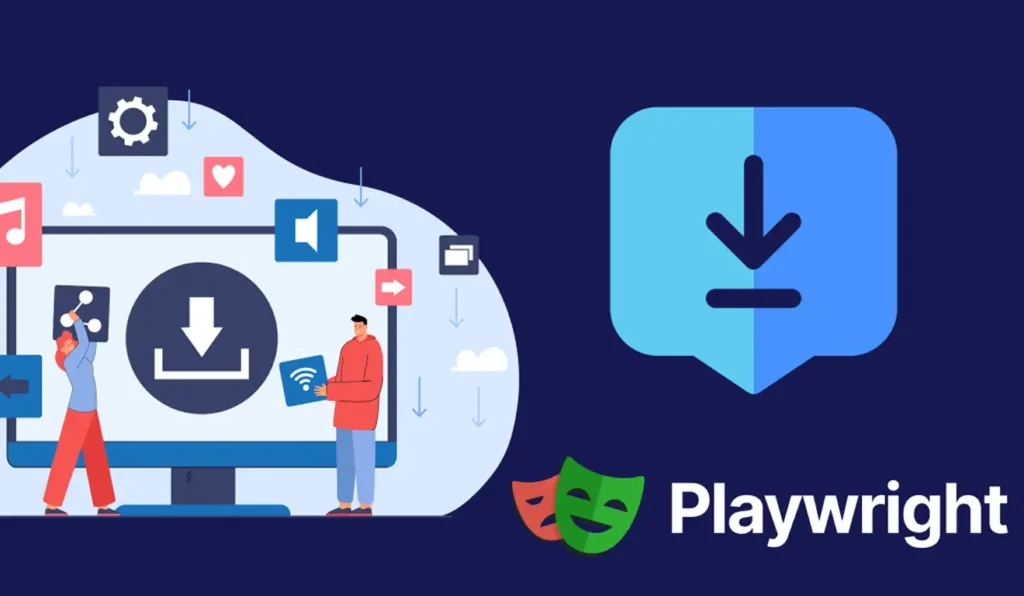
Part 09: Download & Handling frames
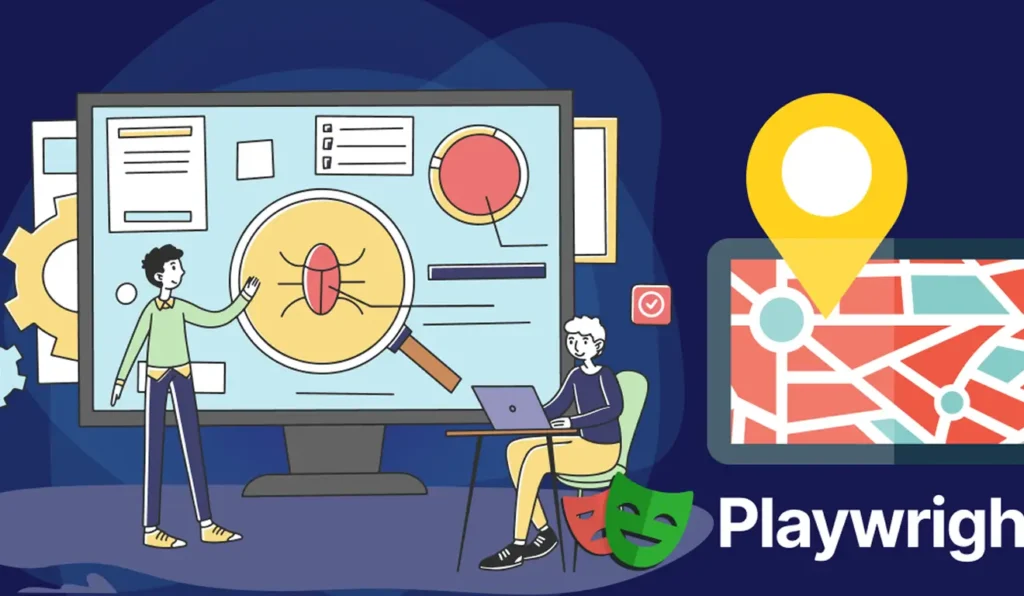
Part 10: Locators

Part 11: Pages & New Window
